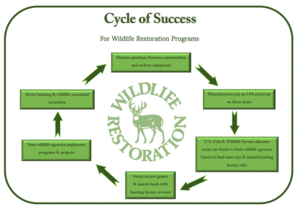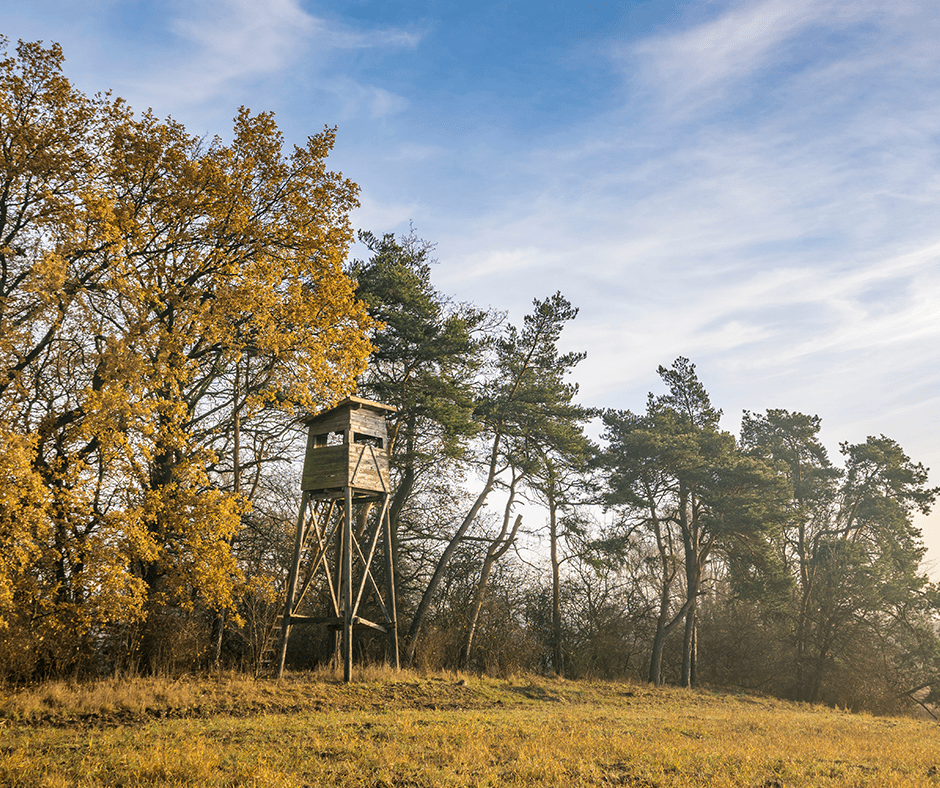In 1937 Franklin Roosevelt signed into law the PR Act which provided an 11% excise tax on all firearms and ammunition. (it has since been amended to add archery equipment to the list of taxable items) These considerable funds were then earmarked for distribution to the states to fund wildlife restoration projects, archery education, maintenance of state parks, shooting ranges etc. States receive this funding based on the area of the state and the number of licensed hunters. So, there is a direct correlation between the number of licensed hunters in a state and available funding from the federal government.
How it Affected Hunting
In 1937 this was a tremendous financial boom to the states and to the hunting community. Even today, states count on federal funding to pay for many of the originally intended projects. However, with decreased habitat comes a decline in hunters and a decline in hunting licenses. If left alone, many of our favorite parks and education programs could be underfunded.
Today, there is an undeniable cultural shift toward enjoying the outdoors without hunting. The time to develop new funding options to carry some of the weight our natural resources demand has arrived. The outdoor industry is now a $20 billion industry selling sleeping bags, hiking boots, backpacks, tents and more.
Outdoor Products
A strong case could be made to use the sale of outdoor industry goods to help alleviate funding issues faced by state natural resource agencies. The goods could be added to the Pittman-Robertson act via amendment with minimal need for additional legislation. The consumers and outdoor enthusiasts that purchase and use these goods are enjoying the very resource hunters (through the Pittman-Robertson Act) have funded since 1937.



Leave A Comment